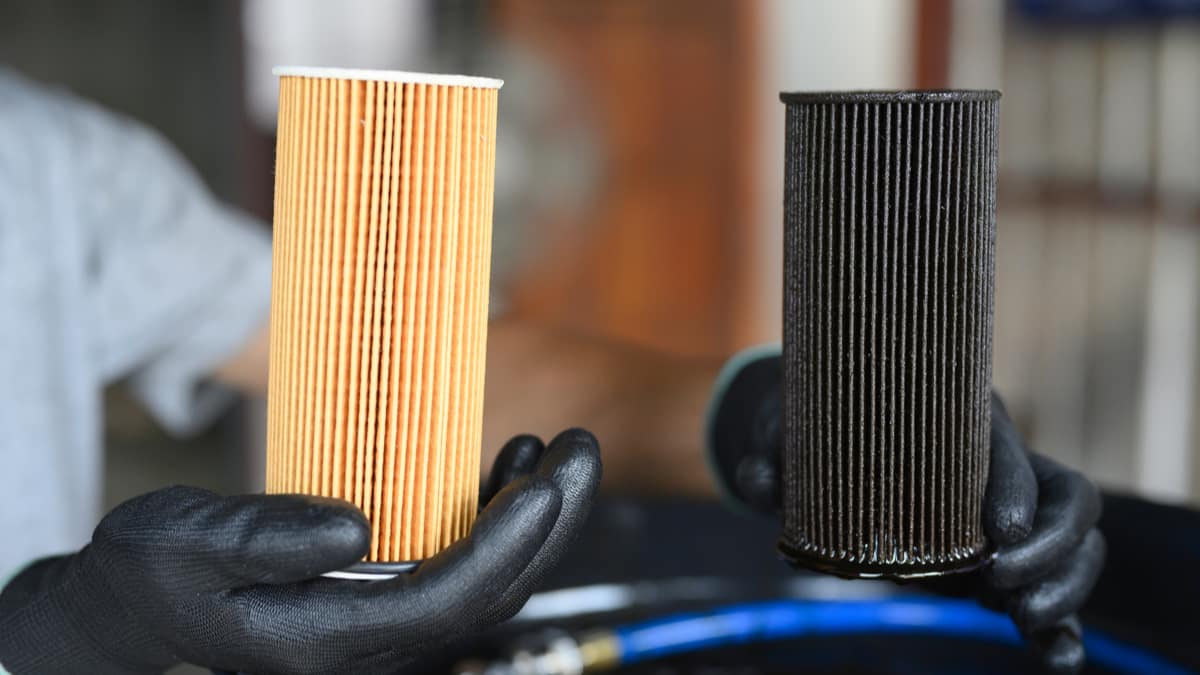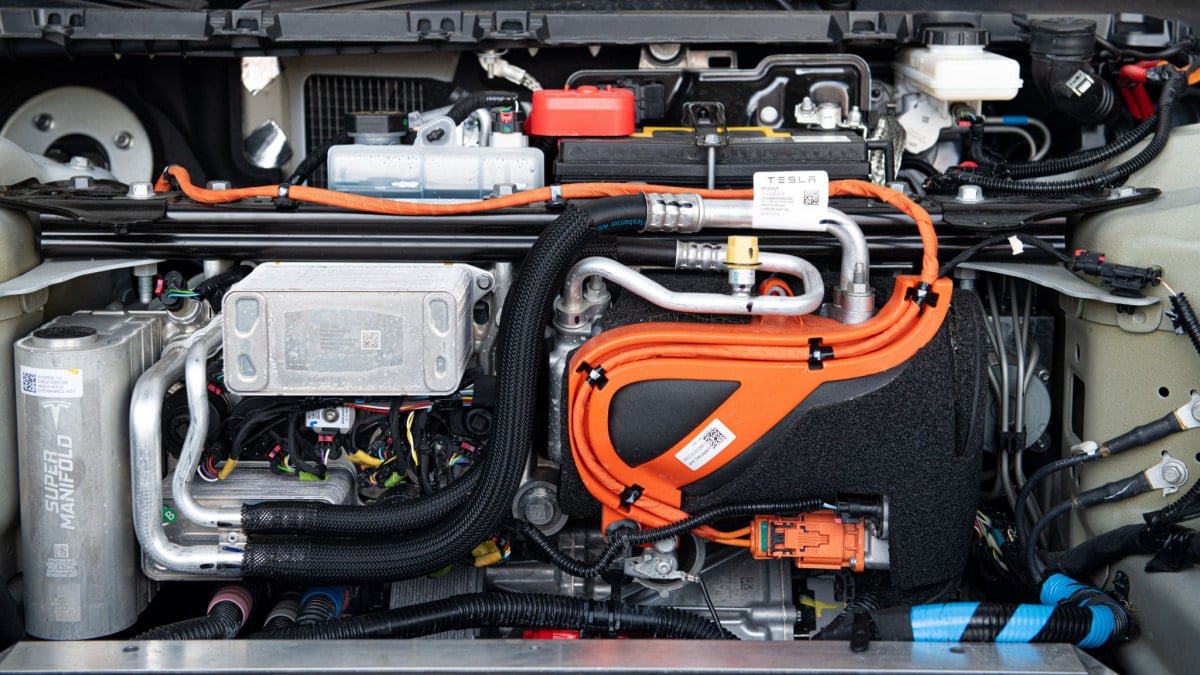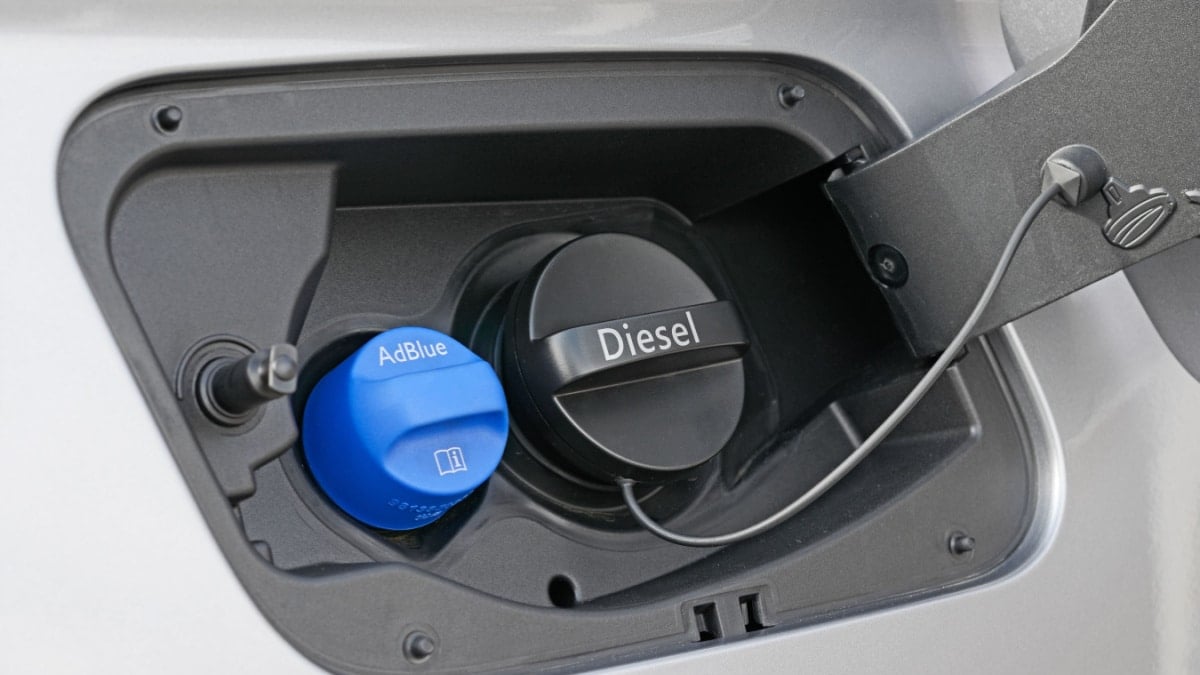When you are ready for a regular oil change, it’s important that the job gets done right. Not only must you know the proper procedure, but you need to know what oil to use.
Choosing the right oil for your car is important to ensure its longevity and optimal performance. However, it can be confusing trying to determine which type of oil your car needs.
This blog post will help clear up the confusion and provide easy tips to follow so you can find the right oil for your vehicle. We also explain when to use each type of oil.
What Type of Oil Does My Car Take?
Before you choose oil for your car, you need to determine what viscosity is needed. You also want to know what type of oil is best for your car engine and look at the additives that might be included. Make sure the oil you use matches what’s recommended by the manufacturer.
The easiest way to find the right type of oil for your car is to check the oil specifications in your owner’s manual. You can also go to an online auto parts store or an oil manufacturer’s website and submit your license plate number or VIN number, and they will often suggest the right type of motor oil for your vehicle.
However, the most reliable and safest way is to check either in the owner’s manual or ask your local dealer directly.
RELATED: How Much Oil Does My Car Need?
Choosing the Right Type of Engine Oil
1. Oil Viscosity
Oil viscosity refers to the weight of the liquid. It’s the most important factor when you are choosing the right type. The viscosity rating shows how the oil can flow at varying temperatures. As engine oil gets hot, it becomes thinner. If it is cold, the oil will be thicker. Thicker oils provide more lubrication, but it can become harder to get the oil through the engine parts. Thinner oil flows better but doesn’t offer as much protection.
The engine oil viscosity is written in the following format – #W-##. The numbers show the viscosity of the oil, while the W stands for WINTER. As an example, 5W-30 shows the oil is thinner at cold temperatures than the 10W-30 oil. The number located after the W describes how thick the oil is at normal operating engine temperatures.
In most cases, 5W-30 and 10W-40 tend to be the most used. These work well in most conditions. However, you might use 0W-30 if you live in sub-zero temperatures or 15W40 if you live in hot, humid conditions. You will also find the characters SAE (society of automotive engineers), which you can read more about here.
RELATED: 0w20 vs. 5w20 vs. 5w30 – Oil Viscosity Explained
2. Oil Type
Conventional motor oil is the most traditional type available. It’s been the regular oil type for many decades. You can use it with any light-duty or late-model car if you are looking to keep the price down during an oil change.
On the other end of the spectrum, you can choose full synthetic oil. These oils are manufactured to improve lubrication and oxidation protection. It could also fight back against sludge buildup. However, it’s the most expensive option during an oil change. That added cost often gives you more time between oil changes.
If you don’t want to spend that much money, you might prefer a synthetic blend oil. The synthetic-blend motor oil contains some of the characteristics of fully synthetic, but the mixture of conventional base oils allows the price to be slightly lower. It’s a good middle-ground option if you want to transition from conventional to synthetic. However, you should always choose the suggested oil from the manufacturer!
High mileage oil is also available to use in vehicles with more than 75,000 miles on the odometer. This oil is specifically designed to reduce oil leaks or seepage on engines with higher mileage. It also reduces oil consumption and can create less smoke.
RELATED: Conventional vs Synthetic Blend vs Full Synthetic Oil (Which to Use?)
3. Additives
There are many different additives that can be included with the oil you choose, so you want to know what you are using. Some oils contain antioxidants to slow down the oxidation process. Anti-wear agents are included to protect the internal components from higher temperatures.
Detergents keep deposits to a minimum, while dispersants allow the oil to absorb solid contaminants before they can cause damage. With foam inhibitors, the motor oil won’t form as many bubbles.
Friction modifiers reduce the friction when the engine operates under high temperatures or while pulling a heavy load. Additionally, rust and corrosion inhibitors are vital to reducing wear from moisture. Oil can also contain viscosity-index improvers. With these additives, the engine oil performs well, even when the temperatures fluctuate.
Factors To Consider When Choosing Oil
1. Climate
While you must follow everything the manufacturer recommends, you also want to consider the climate. The majority of engine oils will cover a variety of temperature ranges.
If you live in a hotter climate, you might prefer using a higher-grade viscosity that resists thinning, such as 10W-40. On the other hand, cooler climates demand something that thins faster, such as 5W-30.
2. Driving Habits
If you are pushing your car to extremes with high-performance vehicles, you want to consider using a different type of oil. Heading off-road or towing regularly will cause your engine to work harder than normal. Not only should you consider using oil with special additives, but you might also need to get oil changes more frequently.
Additionally, if you drive short distances, you may not be allowing the car’s engine to get to normal operating temperatures. When this occurs, more condensation builds up in the engine, leading to sludge build-up and higher emissions. With these conditions, you want to carefully choose what engine oil additives are being used, seriously consider er something that will break down the sludge or prevent corrosion.
3. Engine Age
If you drive a modern vehicle, your engine is made to different standards than the older vehicles. These high-rev, multi-valve engines use a thinner oil. Otherwise, there could be damage when the engine starts up. With the older engine, you need a thicker oil to create the right amount of oil pressure for the internal components.
Additionally, you might choose to use a high mileage motor oil if the engine is older. These types can provide more protection, helping you keep the engine running longer.
Can I Mix Different Types of Oil?
While you can mix oil types, it doesn’t mean that you should. In general, mixing oil types only leads to wasting money. When you add full synthetic motor oil to your conventional oil, you don’t extend the life of the oil. It will still need to be changed as if it was all conventional oil, meaning you threw the quality of the synthetic oil away.
The synthetic blend isn’t just conventional mixed with synthetic. It is specially formulated to offer better engine protection against the weather and driving conditions.
How Often Should Oil Be Changed?
You may need to change conventional oil every 3,000 miles or three months, whichever comes first. Some newer models can go a little longer between oil changes, so reference the service manual to determine what’s best.
However, the average engine running synthetic oil doesn’t require an oil change for 6,000 or more miles. You can go up to six months without an oil change, saving you a lot of time. While you might pay more for synthetic oil upfront, the less frequent changes help to level the playing field.
Don’t forget to change your oil filter when you change the oil. If you leave a contaminated oil filter in place, you will allow debris and dirt into the fresh oil, thereby reducing its effectiveness.
Categories: Engine Oil, Maintenance
















